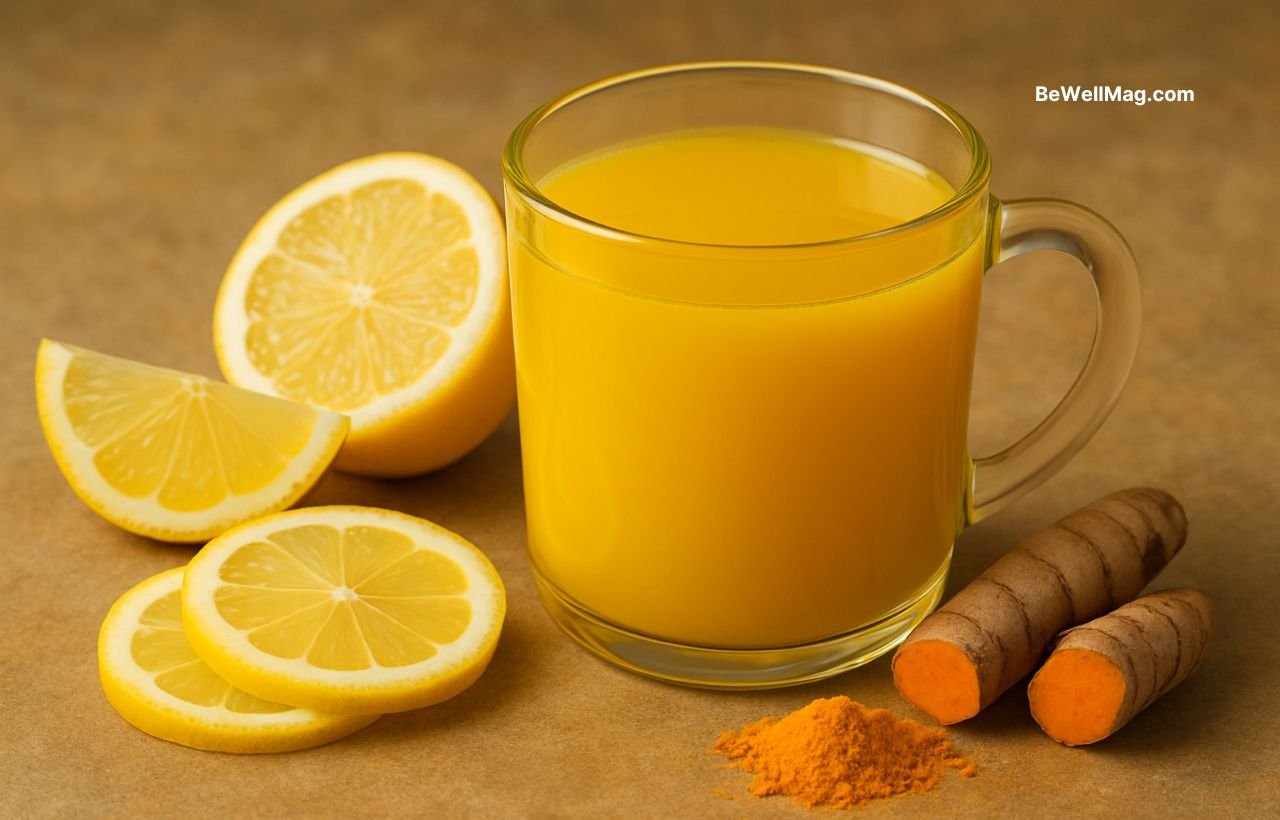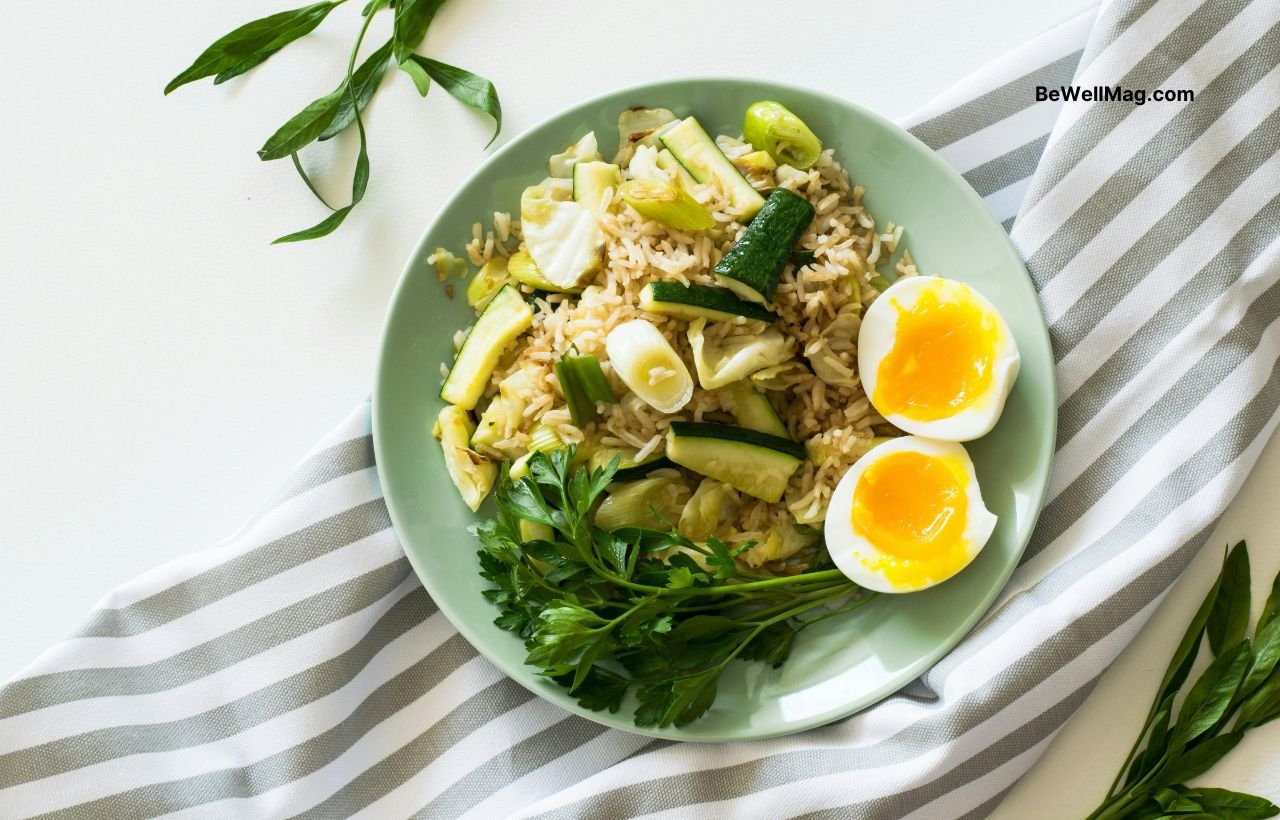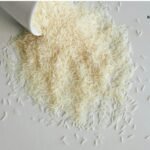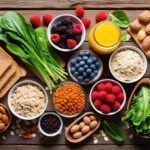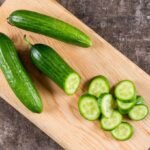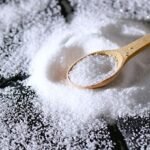Now Reading: 9 Snacks with Artificial Food Dyes the FDA Wants Gone
- 01
9 Snacks with Artificial Food Dyes the FDA Wants Gone
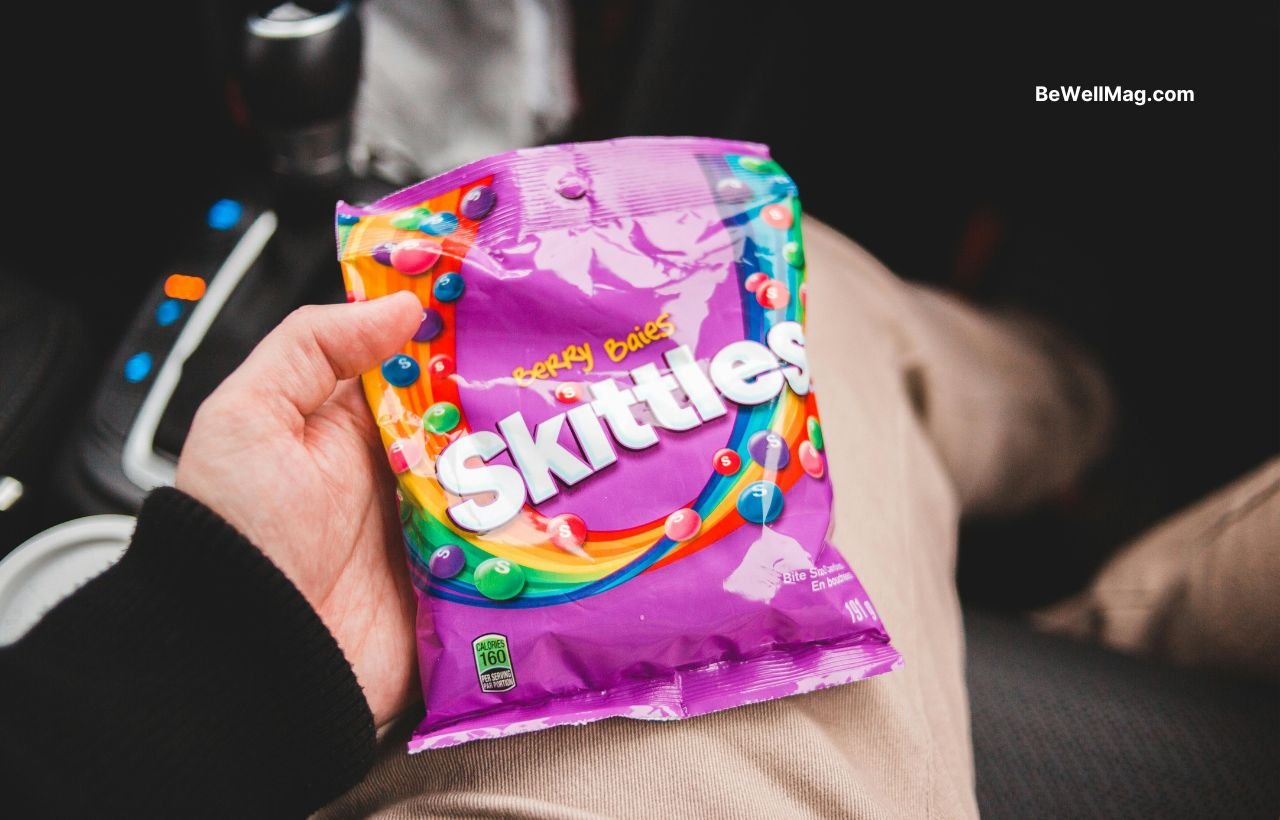
9 Snacks with Artificial Food Dyes the FDA Wants Gone
Explore 9 popular snacks loaded with artificial dyes. Get insights on why the FDA targets these additives and what removal means for your health.
Table of Contents
Artificial food dyes have long added visual appeal to our treats—from bright cereals to eye-catching candies. However, concerns have grown about their potential links to behavioral issues in children, hyperactivity, and even long-term health risks.
The FDA, pressured by emerging research and consumer advocacy, is now moving to eliminate eight petroleum-based dyes by the end of 2026. This regulatory push not only challenges the food industry to reformulate their products but also sparks a broader conversation about food safety and transparency.
The FDA’s Newfront: Phasing Out Toxic Additives
The plan is clear: the FDA aims to revoke the approval of dyes such as Green No. 3, Red No. 40, Yellow No. 5, Yellow No. 6, Blue No. 1, and Blue No. 2. With these changes on the horizon, food manufacturers are faced with a critical decision—switch to natural alternatives or risk regulatory hurdles. As a consumer, knowing which popular snacks contain these dyes can help you steer clear of unwanted additives and adjust your grocery shopping habits accordingly.
9 Snacks with Artificial Food Dyes the FDA Wants Gone
Below, we break down nine well-known snacks and beverages that incorporate artificial food dyes targeted for removal:
1. Cap’n Crunch’s Crunch Cereals
Many Cap’n Crunch varieties (like Berries, Original, and Oops! All Berries) are colored with dyes such as Yellow 5 and Yellow 6. Although some variations like Peanut Butter Crunch avoid synthetic additives, it’s crucial to check the label if you’re concerned about artificial colors.
2. Hamburger Helper Cheeseburger Macaroni
This boxed dinner is a family favorite, but beware—the cheesy sauce often contains Yellow 5 and Yellow 6. Manufacturers sometimes supplement with natural colorings, but many recipes still rely on synthetic options to maintain their signature hue.
3. Skittles
A beloved candy for all ages, Skittles are made with a cocktail of dyes including Red 40, Yellow 5, Yellow 6, and Blue 1. With their bright and enticing colors, these popular treats are now under growing scrutiny for their artificial ingredients.
4. Gatorade (Certain Flavors)
While Gatorade hydrates millions, select flavored varieties come loaded with Blue 1, Red 40, and Yellow 5. For athletes and everyday consumers alike, this raises questions about long-term exposure to synthetic dyes, particularly during repeated consumption.
5. Kraft Green Goddess Salad Dressing
This creamy, tangy dressing adds a pop of color to salads, thanks in part to Yellow 5 and Blue 1. If you’re mindful of your nutritional intake, consider exploring alternative dressings that rely on natural colorants.
6. Pillsbury Funfetti Frostings
Funfetti frostings, especially in flavors like Aqua Blue Vanilla or Bold Purple, showcase a rainbow effect with dyes such as Blue 1, Blue 2, Yellow 5, Yellow 6, and Red 40. Parents looking to avoid synthetic additives might swap these for dye-free versions.
7. Jell-O (Flavored Varieties)
While unflavored Jell-O Gelatin can be a neutral base for creative recipes, most flavored varieties contain synthetic dyes to achieve their bright colors. Given its popularity, Jell-O’s reliance on artificial additives has not gone unnoticed.
8. Cheetos
Cheetos snacks, with their iconic cheesy orange hue, derive much of that color from Red 40 and Yellow 6. As health concerns about artificial dyes grow, so does consumer demand for cleaner, more natural ingredients.
9. Fruity Pebbles Cereal
This breakfast cereal is a feast for the eyes, thanks to its mix of Red 40, Yellow 5, Yellow 6, and Blue 1. While visually appealing, the reliance on synthetic food dyes prompts questions about long-term dietary exposure—especially for children.
Why This Matters?
The push to remove artificial food dyes from everyday snacks isn’t just a regulatory whim—it signals a broader trend in public health and consumer activism. With emerging studies linking these dyes to potential behavioral problems and other risks, more parents and health advocates are demanding transparency and cleaner ingredients.
In Europe and Canada, many manufacturers have already embraced natural alternatives, prompting U.S. companies to expedite similar changes. As these policies roll out, expect reformulated products and possibly even shifts in market trends toward naturally colored snacks.
Conclusion
The FDA’s initiative to phase out artificial food dyes underscores the growing consumer demand for healthier, more transparent food choices. Understanding which snacks—like Cap’n Crunch cereals, Skittles, and Fruity Pebbles—contain these dyes empowers you to make informed decisions at the grocery store. While change can be challenging for food manufacturers, this move is a win for public health, paving the way for cleaner, safer ingredients in our diets. Stay tuned for updates as the industry evolves and more natural alternatives become the norm.


